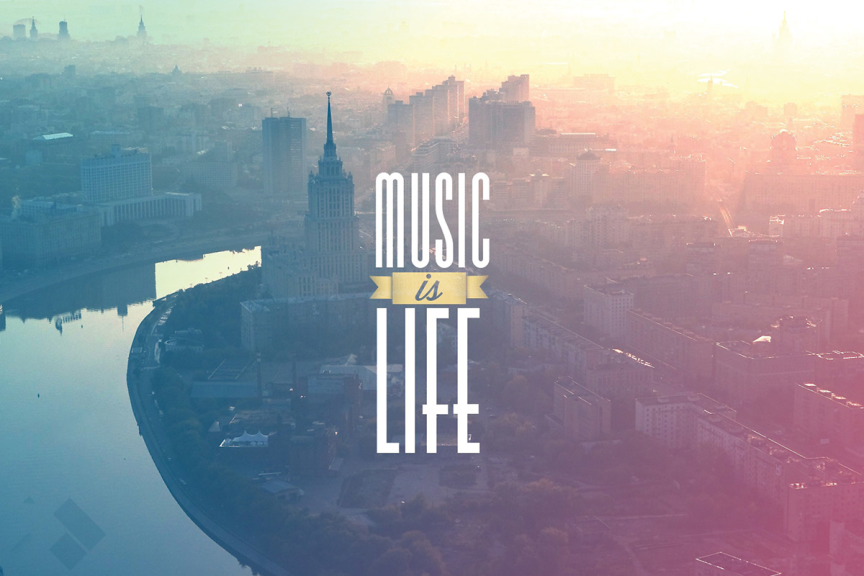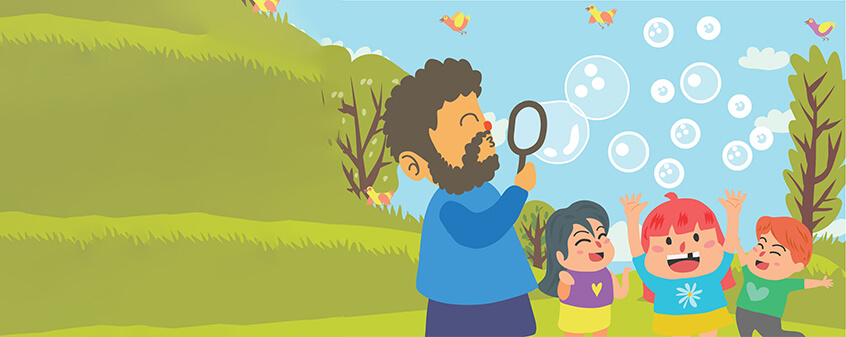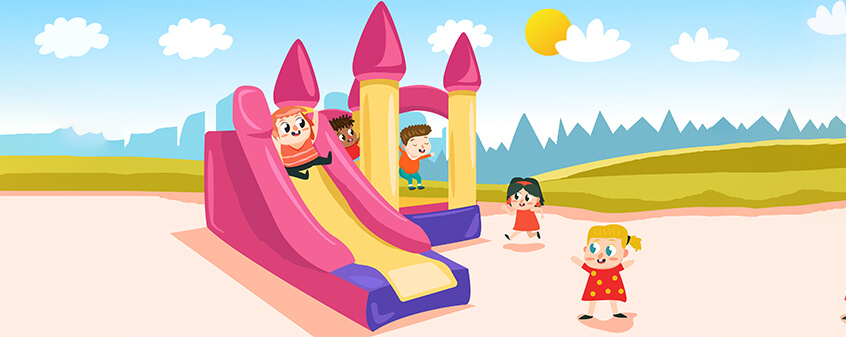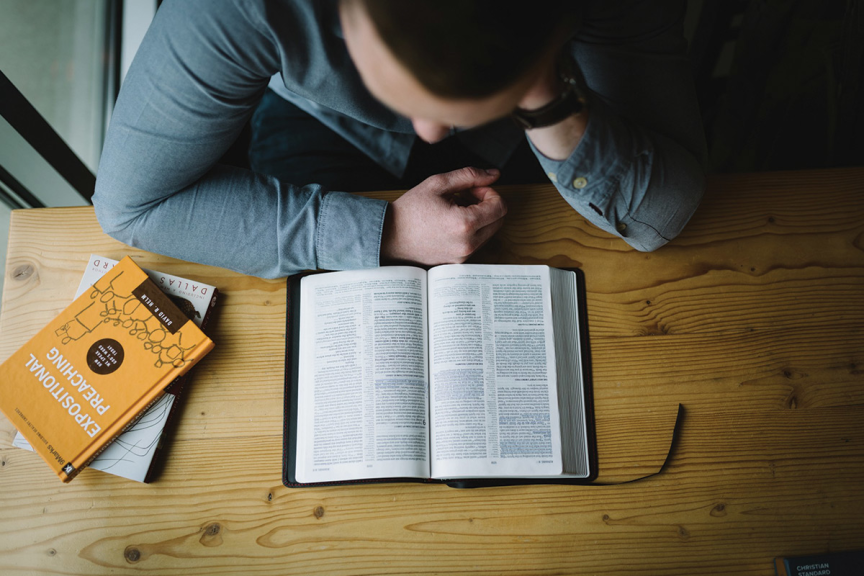Music is the one incorporeal entrance into the higher world of knowledge which comprehends mankind but which mankind cannot comprehend. -- Ludwig Van Beethoven
At Kangaroo Kids, the curriculum is based on Howard Gardner’s Multiple Intelligence theory which states that, intelligence is pluralistic and not static. It states that each person is smart in all the 8 intelligences in varying degrees. Musical intelligence is one of the pathways through which children learn about the world.
Neuroscience states that, music integrates sensory, motor and affective systems in the brain. Music ignites all areas of child development like cognitive, social, emotional, motor and language. It integrates both sides of the brain and helps the body and mind work together. This is one of the underlying philosophies of KKEL curriculum.
At Kangaroo Kids, we are aware that preschoolers love music and movement. It is an integral part of our curriculum, wherein, learning experiences (concepts and skills) are provided through music and movement based on the monthly theme e.g. movement games using parachutes, using musical instruments like drums, maracas, ribbon sticks, finger play, puppet shows and more.
We engage pre-schoolers’ natural love of music and activate their imagination through audio CDs that we have created under the umbrella of Kangabeats. As children are exposed to various forms of captivating visuals and audio entertainment, it is imperative for them to be exposed to learning. This extends beyond the realm of the classroom. Kangabeats has introduced several activities and a series of albums to make a child’s environment more animated and entertaining as they enjoy more colours, action, excitement and new concepts and spaces.
Some of our CDs are included in the preschool curriculum. One book is prescribed for each level.
• Rhythmic Rhymes – Playschool
• Animal Jamboree – Nursery
• Colour Magic – Jr. Kg.
• Underwater Adventure – Sr. Kg.
Tips parents can implement at home to encourage music and movement:
-
Dance together at home with your child, changing the rhythm to slow and fast.
-
Sing for fun with your children.
-
Play musical statues/chairs/cushions.
-
Move like the music is linked to your emotions (slow songs make you feel sad and fast songs make you bouncy)
-
Animal Dance (move like animals – on fours, crawl etc)
-
Dancing with props, for example, scarves (integrates both sides of the brain)
-
Sing songs that reinforce concepts (calendar song, shape song etc)
-








